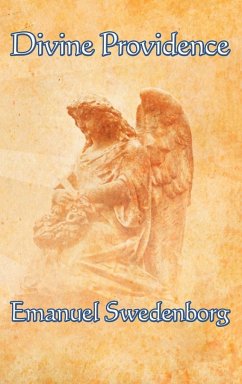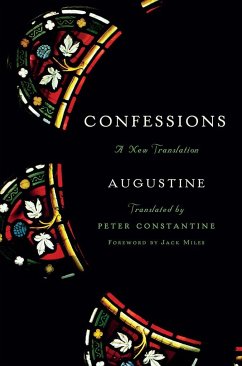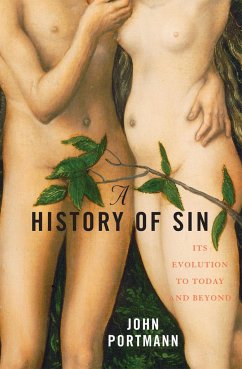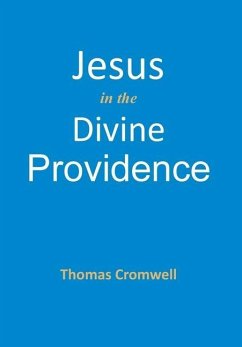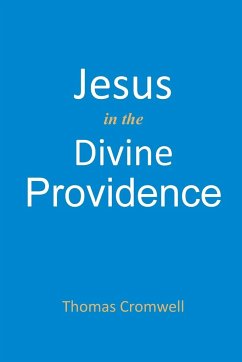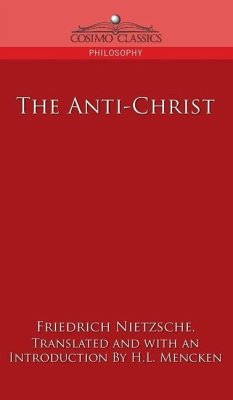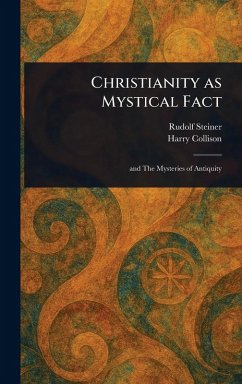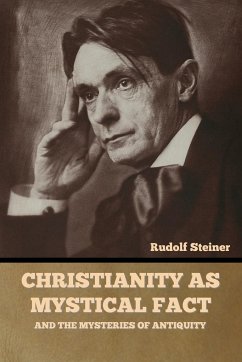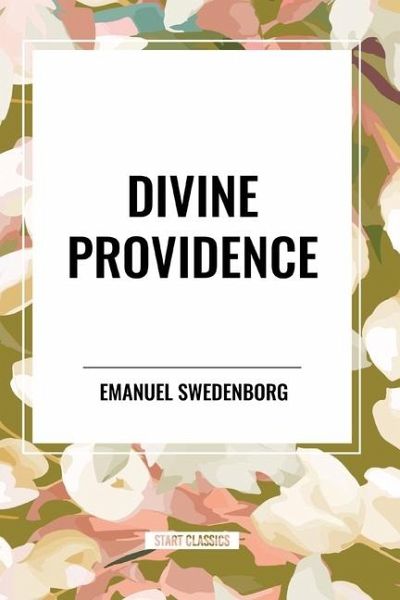
Divine Providence
Versandkostenfrei!
Versandfertig in über 4 Wochen
15,99 €
inkl. MwSt.
Weitere Ausgaben:

PAYBACK Punkte
8 °P sammeln!
In Divine Providence Swedenborg explains why it is that we cannot always see God's hand in our chaotic world. Why tragedy and war are allowed to happen and how these things relate to us. If God were to remove all tragedies from our lives of what worth would free will be?




